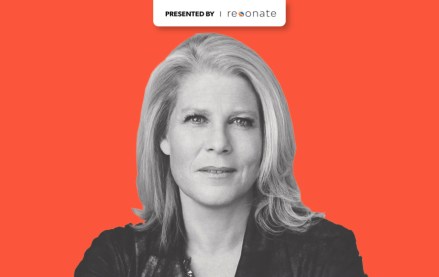
Walter Knapp is gm and evp of media for Federated Media Publishing.Follow him on Twitter @wtknapp.
There seem to be somewhat meaningless stats coming from different programmatic ad tech companies. But we’re just getting started here, and it’s parochial to restrict the definition of programmatic to real-time bidding, exchanges or even standard media. It gets interesting when the technology is used to advance the sophistication of placing the best marketing message in the channel most relevant and timely to the audience.
Having spent a fair part of my career in enterprise IT, this sort of “speeds and feeds” chest thumping is old hat to me. The debate about “how many angels can dance on the head of a pin?” is an unfortunate artifact of the attention-deficit world we live in where big and over-the-top numbers serve as a proxy for success. These obtuse numbers are mostly what get tossed around when referring to programmatic buying. We’re all guilty of using these as evidence for success.
The innovation and opportunity with programmatic advances is far more powerful than simply targeting and buying audiences at scale. The really interesting thing here is to get back to what matters: restoring the balance between publishers and advertisers. We reclaim this balance by leveraging programmatic technology to understand the motivations of a reader and then place a message at an appropriate time and creatively in the right channel at a value attractive to both the marketer and the publisher.
Before programmatic buying came along, and way before the heyday of the Internet, niche magazines offered content that catered to specific audiences that were hard to aggregate and difficult to engage. Advertisers could tap into those engaged readers with messages and products that catered endemically to their target market and all stakeholders benefited. Done well, it was even considered content. There was a balance because the reader-publisher-marketer equation was equal.
The first generation of ad tech has thrown this balance out of whack, and publishers now goose their inventory with more and more ads, while advertisers are forced to low-ball on CPM or cherry pick specific placements with these same publishers. Neither behavior is sustainable over the long haul. As it stands today, the economics don’t connect for either party.
There is no doubt that the size and diversity of the Web is increasing. The average length of a search query is expanding to more than five words. Think about how you search and discover new things; it’s becoming more focused and individualized. The reach of an audience on a specific webpage is decreasing as people gravitate to more specific content. This increased diversity and specificity of the Web makes it impossible for humans to guess how many niches exist and what kind of information people are truly interested in. This is a perfect solve for technology. This is the power of programmatic buying.
The next evolution in ad tech isn’t about better targeting or more advanced performance algorithms that get people to click on an ad but rather about how to restore the proper balance among readers, publishers and marketers. The content creators remain the constant in the equation of human-to-human engagement.
A river of money is flowing through the market right now. If you believe the IAB reports, this has no signs of slowing anytime soon. It’s not that there is too much money or that too many companies are funded — or even too many features are masquerading as products. This money sloshing through the system is creating a massive amount of innovation that eventually will sort the programmatic businesses that matter from those that don’t.
Image via Shutterstock
More in Media

With a new ‘answer engine,’ Brave browser adds another generative AI tool for search
The privacy focused browser’s new tool is the latest to offer a synthesized summary for queries using its independent index.

NBA CMO Henault: How the league added music and fashion to its bench strength
Tammy Henault, CMO of the NBA, shared some of the strategies that helped the association stand out from other pro sports leagues.

‘Beginning to be the practical’: GE global CMO Linda Boff on the evolution of AI in marketing
Boff pointed to market research as an area where AI is beginning to have an impact, in a good way, on an industry feature that has lingered in the traditional.





